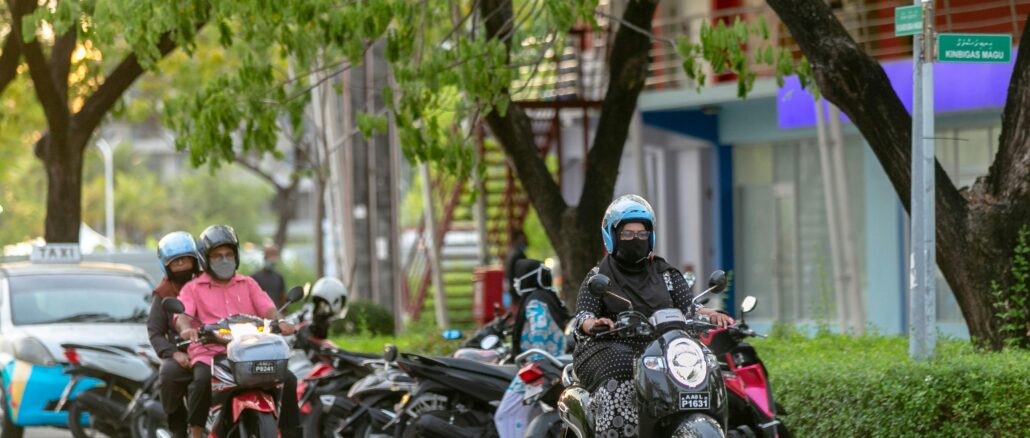
From electric vehicles to smart public transport, innovative mobility solutions for smart cities in 2025 are making urban life cleaner, faster, and more connected
Introduction:
Cities are growing, traffic is worsening, and the air isn’t getting any cleaner. But there’s good news: innovative mobility solutions for smart cities in 2025 are stepping in to make urban life smoother, safer, and more sustainable. Whether it’s hopping onto an electric bus, using a single app to book a metro and bike ride, or cruising through traffic-free green corridors, the way we move is changing—fast.
And it’s not just happening in cities like Amsterdam or Singapore. India, too, is seeing this transformation up close, from metro upgrades to e-rickshaws and AI-powered traffic systems.
1. What Are Innovative Mobility Solutions, Really?
They go far beyond fancy apps and electric scooters. At the core, innovative mobility solutions are about using technology and smart planning to solve real-life transport issues—like getting to work without a two-hour traffic jam or finding a parking spot without circling for 20 minutes.
Think:
Clean energy vehicles (EVs, hydrogen buses)
Seamless ride-sharing and public transport combos
Smart traffic lights that adapt in real time
Apps that unify bookings, payments, and updates across transport modes
All these aim to save time, reduce pollution, and make commuting less stressful.
2. Why Cities Need These Solutions in 2025
The stakes are high. With more people moving into cities, the pressure on infrastructure is mounting. Innovative mobility solutions for smart cities in 2025 are vital because they address:
Congestion by promoting shared and multi-modal transport
Climate change through EV adoption and cleaner fuels
Accessibility by connecting remote areas with last-mile options
Efficiency with real-time data and predictive tools
When cities move smarter, everything else—economy, health, and quality of life—gets better too.
3. What’s Trending in Urban Mobility Right Now?
Here’s what’s making a difference around the world:
Electric and Shared Mobility
Electric scooters, buses, and shared bikes are now common in many cities. They’re eco-friendly, cheaper in the long run, and perfect for short trips.
Mobility-as-a-Service (MaaS)
Why switch between four different apps when one can do it all? MaaS platforms let you plan, book, and pay for a full trip—bus to metro to bike—seamlessly.
Smart Traffic Management
AI-driven traffic systems adjust signal timings based on real-time congestion, helping emergency vehicles move faster and reducing emissions from idling cars.
Smart Parking
Sensors and apps show you exactly where to park, ending the frustrating hunt for space.
Connected Infrastructure
Smart poles, electric charging stations, and data-sharing systems talk to each other to keep cities running more smoothly.
4. A Closer Look: Innovative Mobility Solutions for Smart Cities in 2025 in India
India’s urban centers are some of the most dynamic—and most congested—in the world. But change is already visible. Cities are adopting innovative mobility solutions for smart cities in 2025 in India to tackle pollution, overcrowding, and last-mile connectivity.
Here’s what’s happening:
Delhi & Bangalore are rolling out electric buses and expanding charging networks under the FAME II policy.
Mumbai Metro is integrating smart ticketing and feeder services for seamless transfers.
Kochi has introduced India’s first integrated smart card system that works across metro, bus, and ferry.
Pune is using AI traffic systems to manage peak-hour congestion.
UPI integration is making public transport more cashless and commuter-friendly.
And let’s not forget the rise of e-rickshaws, Yulu bikes, and ride-hailing services in smaller cities—proving that innovation isn’t just for metros.
5. What Do These Solutions Actually Change for Us?
Let’s talk benefits—not just buzzwords:
Cleaner air and healthier lifestyles through reduced emissions
Faster commutes and fewer traffic delays
More inclusive access for the elderly, disabled, and low-income groups
Cost savings for governments and citizens alike
Better emergency response times thanks to smarter traffic systems
Ultimately, the goal isn’t just tech—it’s a better quality of life.
6. Leading by Example: Cities to Watch
Singapore: Where AI, real-time data, and green mobility work in perfect sync.
Barcelona: Embracing electric bikes and data-sharing across city systems.
San Francisco: Piloting autonomous shuttle services in urban neighborhoods.
Bengaluru: India’s own tech hub, where smart traffic management and EV partnerships are gaining momentum.
7. Challenges to Solve Before Scaling
No progress comes without problems. These smart solutions need:
Upfront investment in infrastructure
Stronger data privacy rules
Better integration between state and private services
Public trust and behavioral change
With the right policy push and community involvement, though, these challenges can be overcome.
Conclusion: It’s Time to Move Smarter
We all want to get from Point A to Point B faster, cleaner, and with less hassle. Innovative mobility solutions for smart cities in 2025 are helping us do exactly that. And in countries like India, they’re not just making life easier—they’re changing the future of urban living.
Whether it’s hopping on an electric bus in Delhi, checking your smart parking app in Pune, or cruising on a bike in Amsterdam, the future of mobility is already here. And it’s only going to get better.

